Commonly used temperature control components for motors: PTC and PT100
Some newly hired technician raised a question about PTC and PT100: What is the difference between the two uses? While answering the question, Ms. Shen will bring this issue up today to have an exchange with everyone.
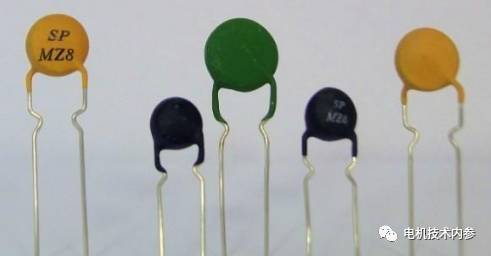
PTC is the abbreviation of Positive Temperature Coefficient, which is a type of thermistor. It refers to a type of thermistor whose resistance value increases as the temperature increases. This type of thermistor is widely used in protection circuits .

When a PTC thermistor is installed in the protection circuit, once the surrounding temperature rises to a certain temperature critical point, the positive temperature coefficient of the thermistor resistance value will suddenly increase, so that the resistance value tends to infinity. This feature is used to control a switching signal in the circuit to start the protection circuit, thereby achieving protection of specific objects. When the temperature drops, the PTC will automatically return to normal, automatically release the protection or alarm state, and the system will resume normal operation according to the predetermined requirements.
Although PT100 is also a thermistor, its positive temperature coefficient is very stable. In order to understand PT100 more deeply, we must first understand the meaning of the name PT100. PT is the symbol of metal platinum, and 100 means that the resistance value of PT100 at 0 degrees is 100 ohms.
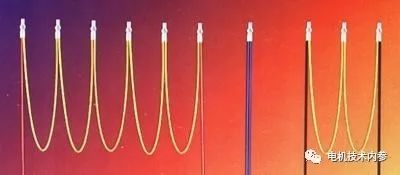
PT100 is a resistance type temperature sensor, which precisely takes advantage of the characteristic of platinum that the resistance value changes regularly as the temperature changes. That is, there is a strict one-to-one correspondence between the resistance value of PT100 and temperature, which is commonly referred to as temperature. surface. The common temperature range of PT100 is -200 to 650 degrees. It is used in conjunction with a temperature controller to display the temperature of the measured object in real time.











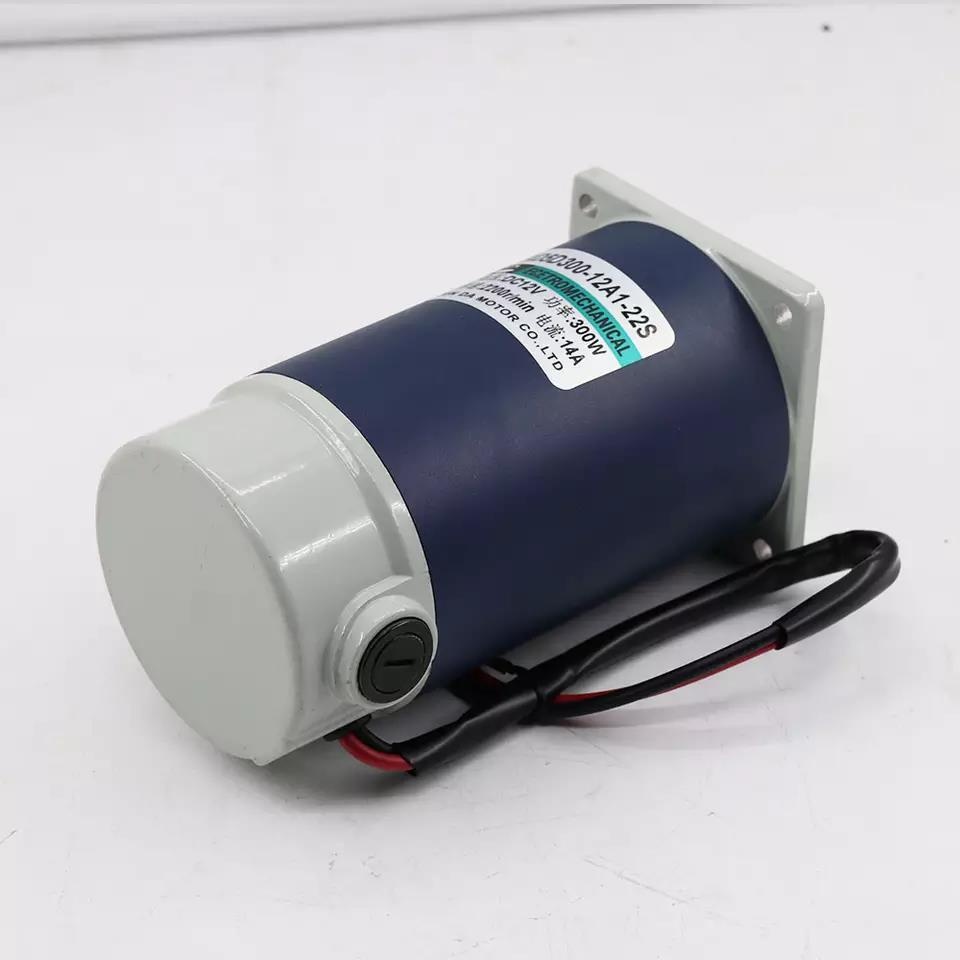


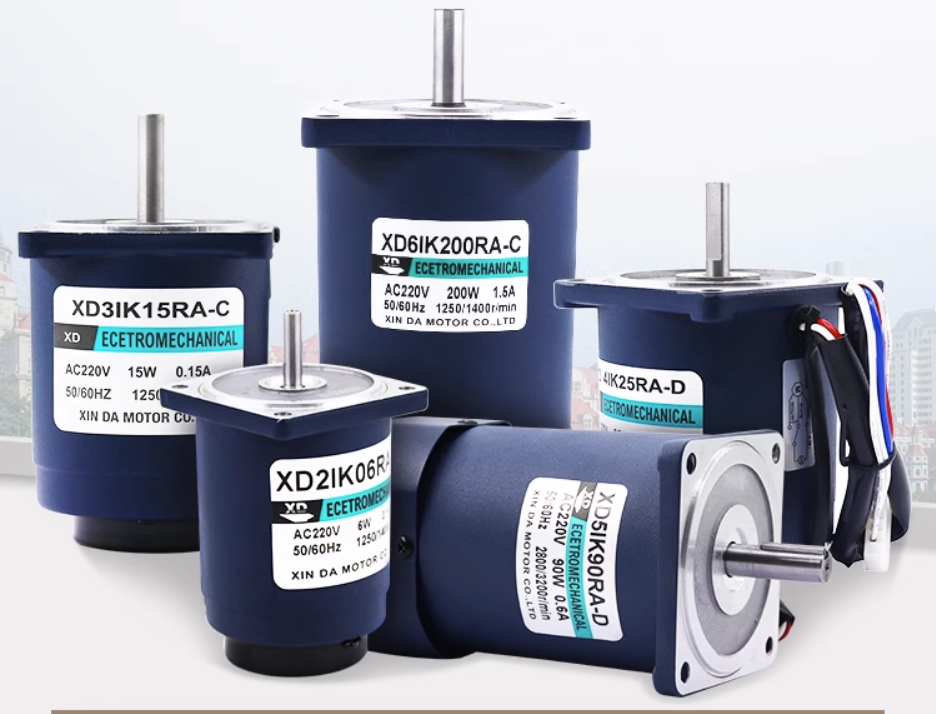


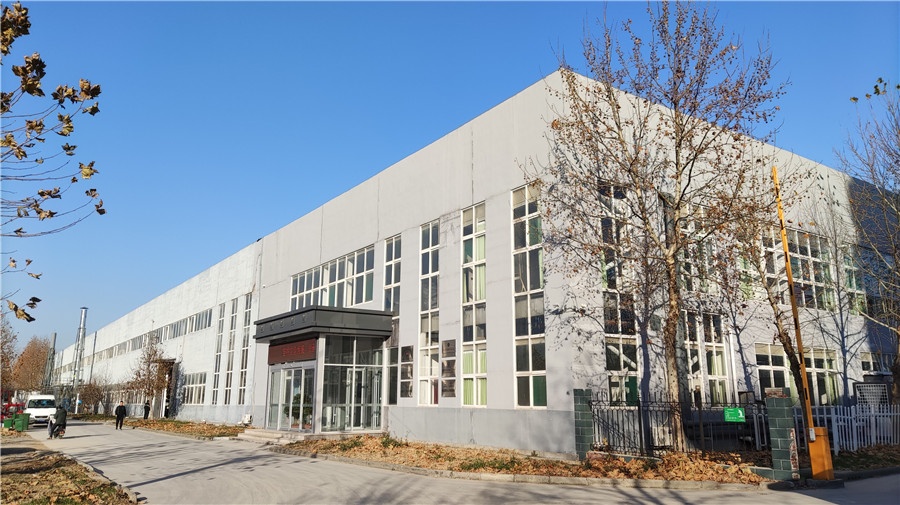
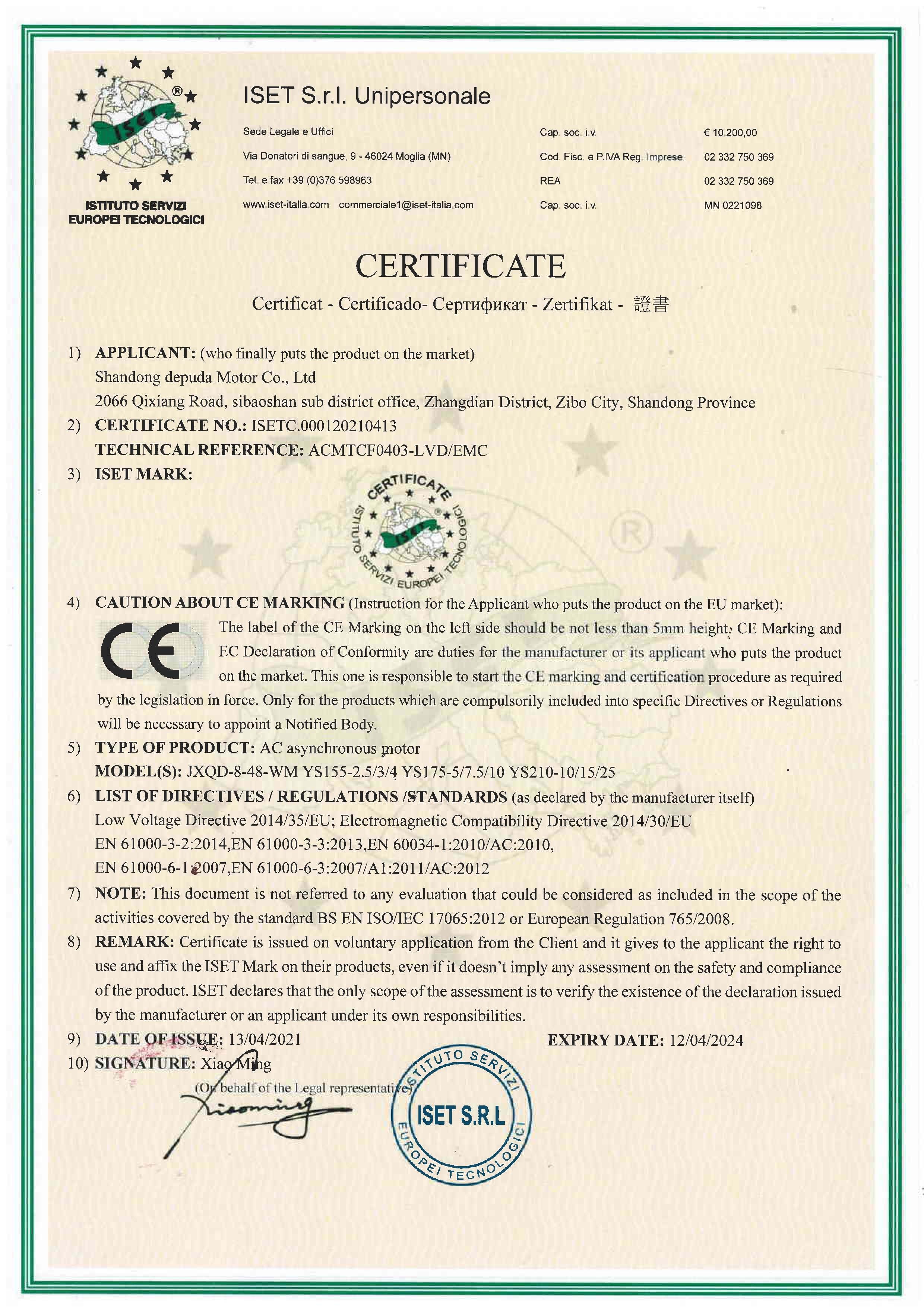
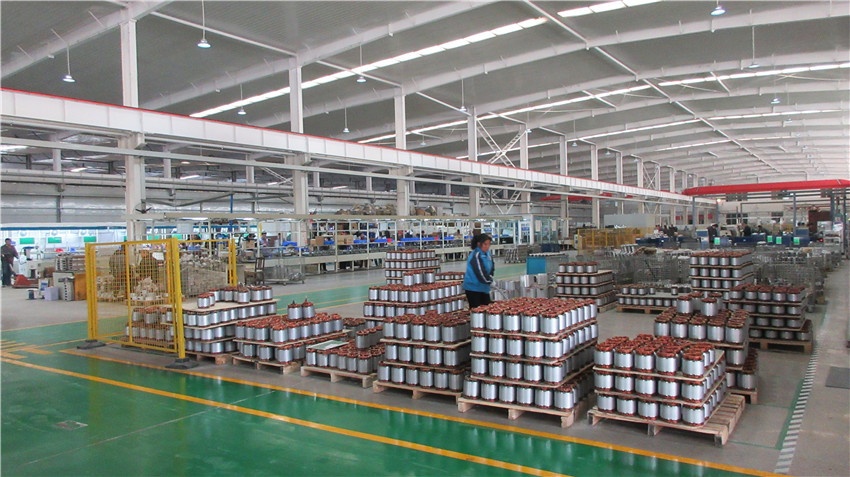
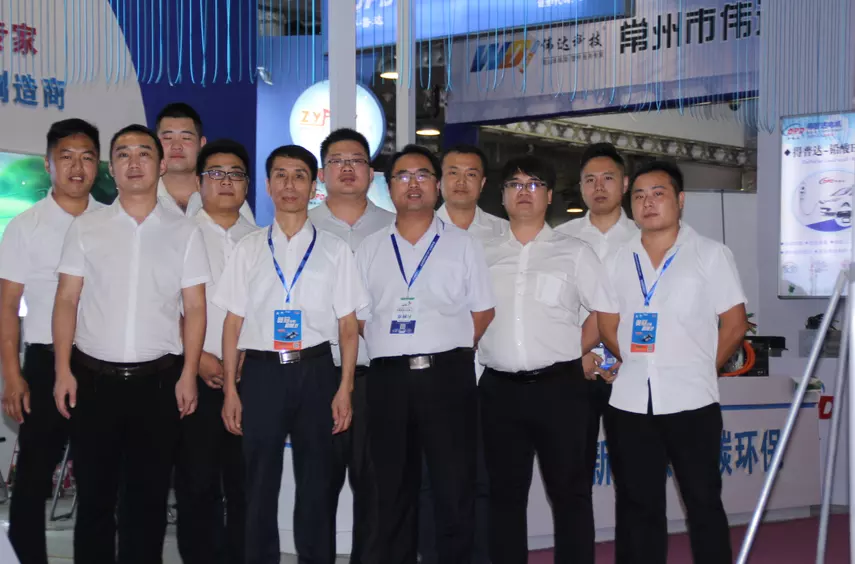


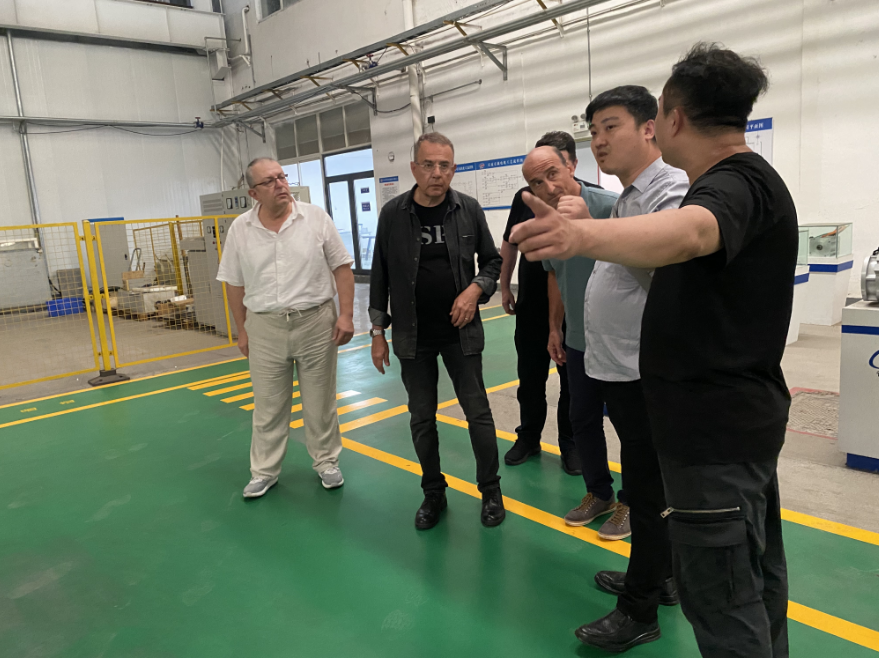
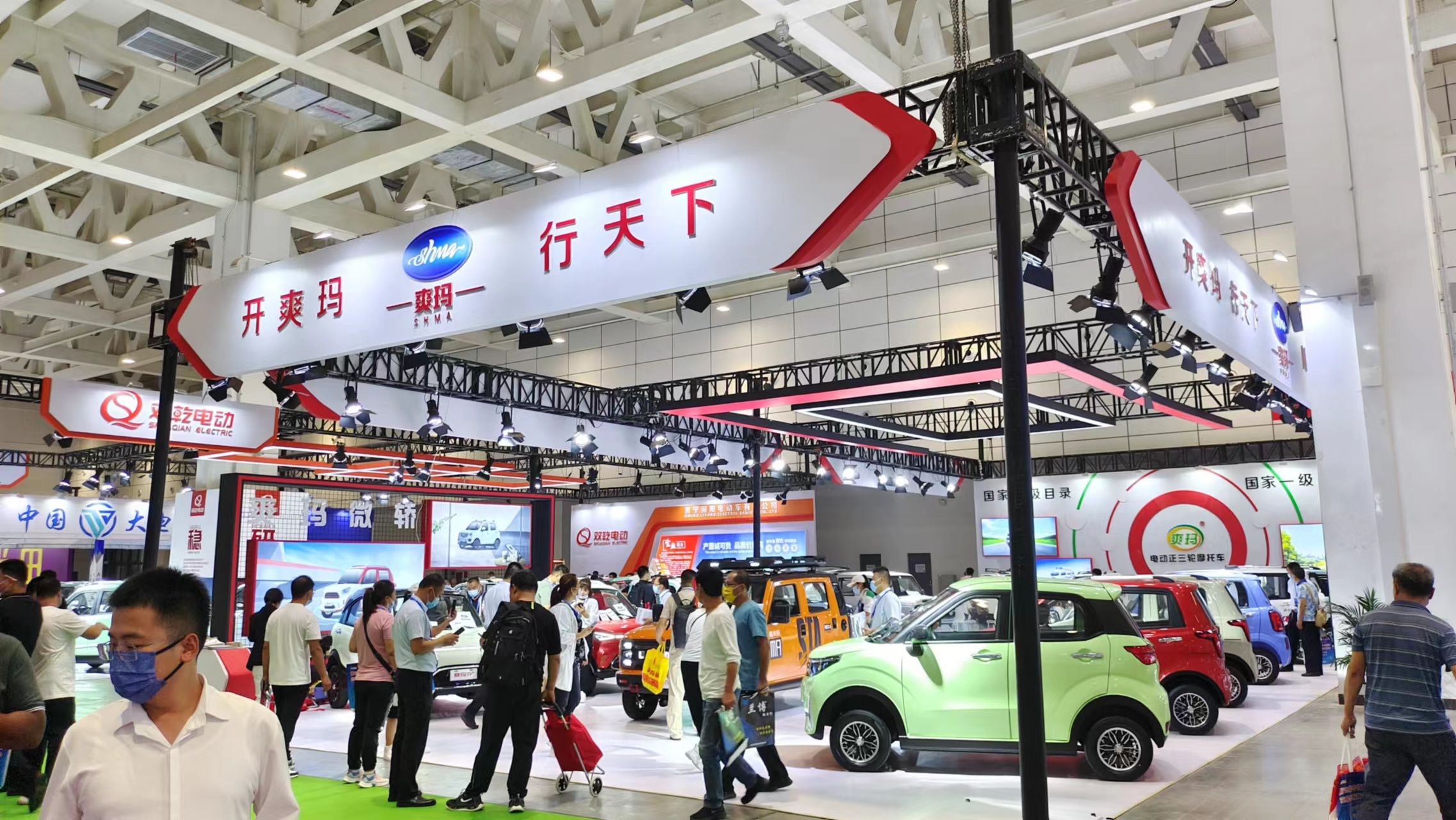


 XINDA
XINDA